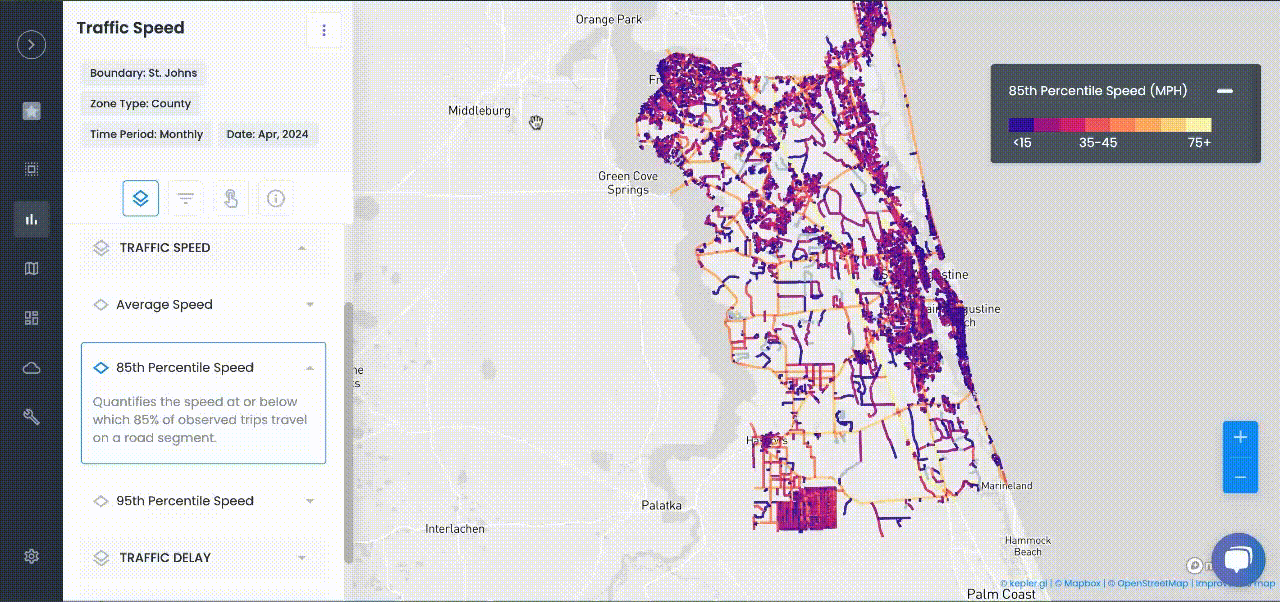
Articles
See how public sector leaders succeed with Urban SDK.

Road Safety
Road Safety Technologies Adopted by U.S. Cities in 2025
Discover how major U.S. cities are using AI, smart mobility, and connected infrastructure in 2025 to make streets safer for all road users

Traffic Calming
7 Effective Traffic-Calming Devices to Reduce Speeding in Your HOA
HOAs can use to Geospatial AI to reduce speeding, engage residents, and make streets safer.

Traffic Calming
Smart Traffic Calming: How Local Governments Are Making Streets Safer
Local governments are using Geospatial AI and smart technology to reduce speeding and improve traffic safety on neighborhood streets.

Road Safety
Top 5 Emerging Technologies Improving Road Safety in Smart Cities
Exploring five emerging technologies that are redefining how cities approach road safety.

Transportation Planning
AI Solutions for Local Governments in 2025: Building Smarter, Safer, and More Connected Cities
How AI is powering smarter cities and transforming urban governance

Road Safety
Geospatial AI for School Zones: Smarter Traffic Calming with Urban SDK
Geospatial AI helps cities forecast and prevent traffic incidents near schools.

Road Safety
How AI and Smart Tech Are Reimagining Traffic Safety Across U.S. Cities
Actionable takeaways for city planners and policy makers aiming to create safer streets

Road Safety
6 Powerful Ways AI is Transforming Transportation Safety and Efficiency
AI is already transforming transportation across the country in powerful ways.

Road Safety
Road to Zero: How Vision Zero is Revolutionizing Traffic Safety
Exploring the transformative impact of Vision Zero in reshaping road safety.

Traffic Calming
City of Woburn Has a New Way to Reduce Speeding
Urban SDK expands in New England with Woburns traffic safety initiative.

Transportation Planning
The Encyclopedia of Transportation Planning Measures
Complete encyclopedia of transportation planning measures and calculations

Traffic Calming
Complete Streets Design Guide
A definitive guide to the urban planing philosophy of Complete Streets

Traffic Calming
Creating Safer Streets: Exploring the World of Traffic Calming
Innovative strategies and successful examples of traffic calming initiatives

Road Safety
Urban SDK Welcomes Miami Gardens to Enhance Traffic Safety
Urban SDK Welcomes Miami Gardens, Florida to Enhance Traffic Safety
WEBINAR
Identify speeding and proactively enforce issues
See just how quick and easy it is to identify speeding, address complaints, and deploy officers.
